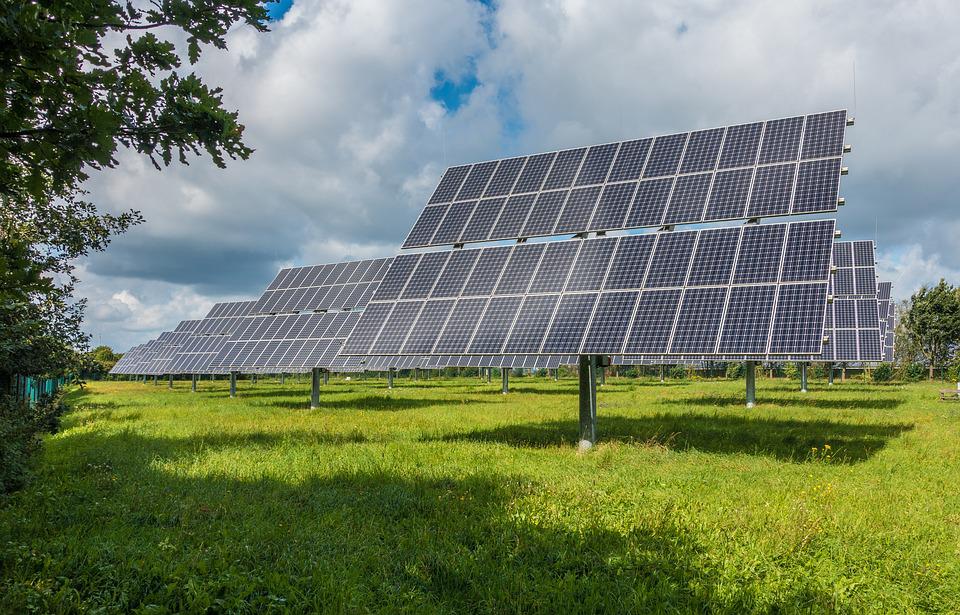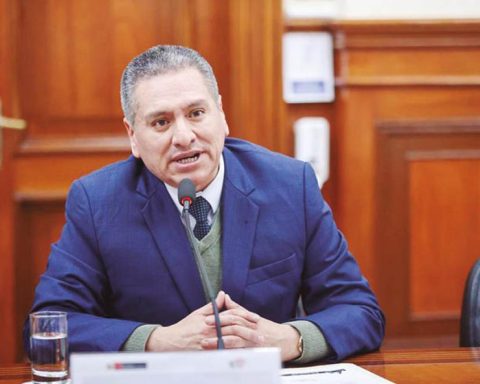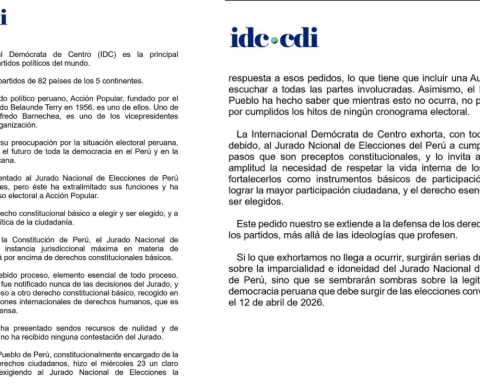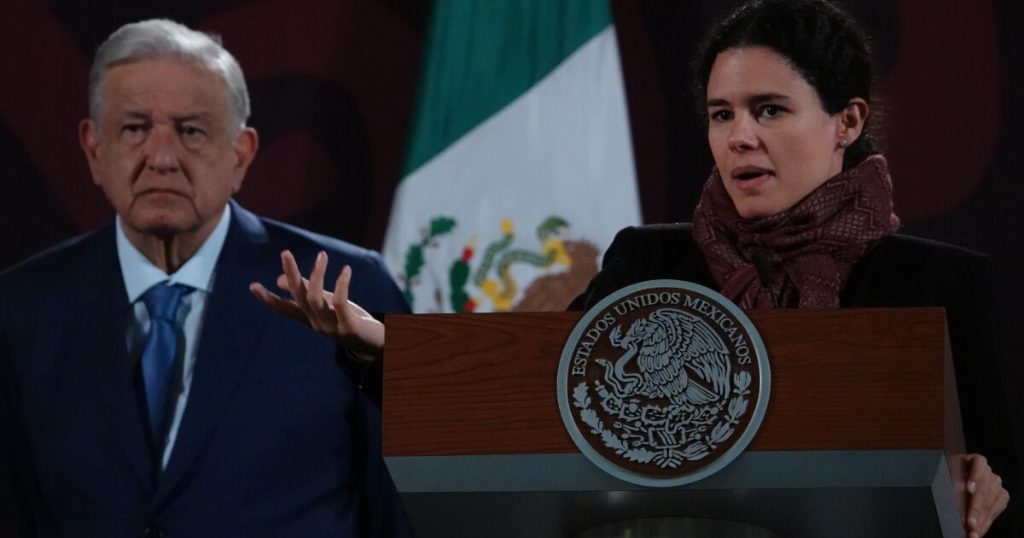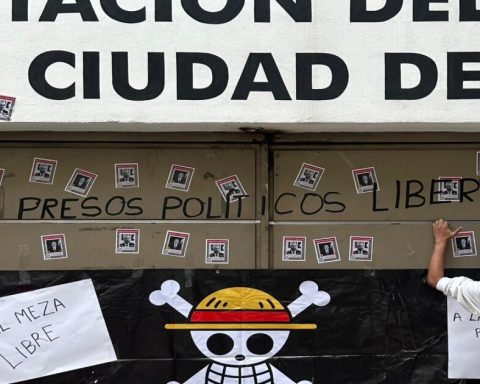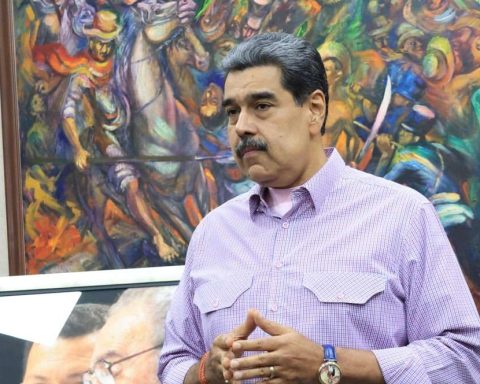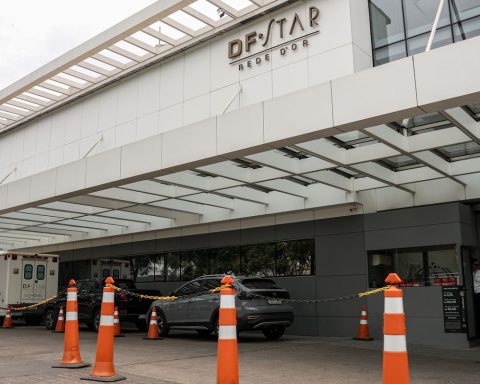By Carlos Gomero Rigacci, partner at LQG Energy & Mining Consulting
Frederic BastiatBastiat, a 19th century French economist, pointed out in one of his essays (“What is Seen and What is Not Seen”) that the law generates consequences that are directly appreciated: effects that are seen. But there are also aspects that are not seen: unnoticed consequences that after a deeper analysis can be identified with crystal clarity. The law, which may have an apparently favorable effect, said Bastiat, can also have disastrous effects if its full consequences are analyzed. I bring up this way of seeing the normative process because it is common for regulations to be based on direct and visible effects, without considering the hidden consequences and their total effects.
The global trend towards the use of energy with lower GHG emissions —energy transition— has developed from various incentives, subsidies and promotion measures. Several regulations have been issued since then in our country to promote the use of energy. renewable energies unconventional and combat climate change (although little or nothing has been done in sectors where emissions are significant, such as transport, land use or agriculture).
Thus, when auctions were promoted to promote renewable energies, the explicit effect was known (reducing emissions and diversifying the electricity matrix), but the cost of these measures on end users was not seen. In the end, the legislators of the time ended up charging users US$1.7 billion in subsidies. Because, as the reader will know, the State It is extremely easy to promote and encourage, but it is always the citizen who ends up paying the bill.
Something similar happened when the regulation was modified to recognize firm power for wind and solar power plants through more favorable schemes than those recognized for other technologies. It seems clear that this is aligned with the new paradigm of transition, but what is not seen is that the income from power is extracted from the same pool in which everyone participates, so that some plants that are in a position to generate energy safely (criterion that, at the end of the day, justifies these payments) have been losing incentives to remain in the market. Likewise, renewable power plants were exonerated from providing frequency regulation (a service that requires not producing at full capacity to save a “cushion” of energy in case of contingencies). This regulation is seen as legitimate because these technologies depend extremely on nature and cannot “save” energy, but what is not seen is that this lack of reserve must be supplied by other technologies, with the added bonus that it will be greater for the rest of the plants as a consequence of the entry, precisely, of renewable sources.
I mention this because there is a bill in place today that proposes that, in the energy purchases made by distributors to serve the regulated market, contracting by time blocks be allowed, that is, that energy be purchased only for part of the day. This bill is expected to facilitate the entry of solar photovoltaic projects, which can only produce energy in the presence of the sun. But the legislator does not seem to care – it is not seen – about the aggregate cost of energy for the entire day, that is, the cost that energy will have in the other hours that are needed to cover the 24/7 service.
Even though this project has been justified as an increase in competitiveness and a supposed reduction in prices, it is necessary to consider what the reference point for this comparison is, since the regulated market is dragging prices from old long-term contracts (with prices around US$65 MWh), but today’s prices are lower (approximately US$40 MWh according to a recent tender). There are even announcements from the distribution companies themselves that prices will go down as those contracts expire and the market adapts to the new conditions. Thus, the reduction in prices will occur for market reasons and not because of state intervention. Another aspect that is not seen when talking about the competitiveness of renewable energies is that they do not provide the same benefits as conventional sources: some are intermittent and others are stable. Seeing the complete scenario means including in the comparison the additional costs in transmission infrastructure and others that the system must assume to ensure a stable and safe electric service.
Even so, it is worth asking why these mechanisms for contracting by time block must necessarily be established by law, when their implementation in the free market (which accounts for 60% of the country’s demand) is entirely feasible. It is worth asking why a certain type of contracting must be imposed on users with lower consumption when large users, being able to do so, do not implement them voluntarily.
It is a pending task that regulatory changes must be preceded by an analysis of the “need for intervention” and abandon once and for all the idea that the norm is the default solution. Regulatory solutions almost always distort incentives and the price signal and therefore must be truly necessary. Along with this, it would be good for us to have a more complete vision of the energy transition to adjust it to the conditions of our country and above all to accompany it with the development and exploitation of the resources we have, even when they are not “zero emissions” (as is the case of natural gas). Our country cannot afford to leave resources unexploited and this requires abandoning ideological visions to build an energy policy in accordance with our reality.
